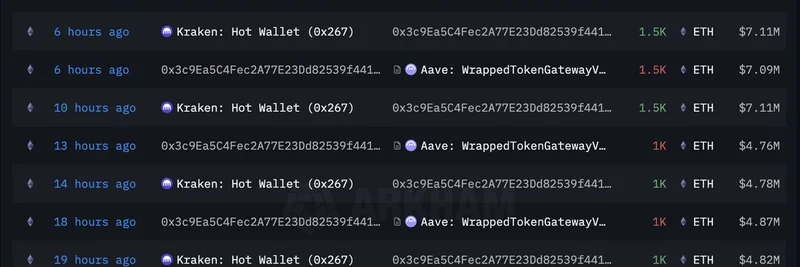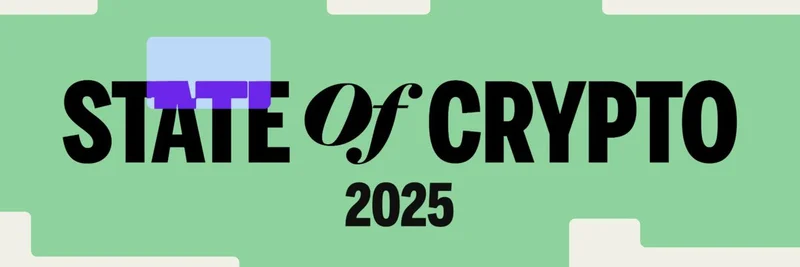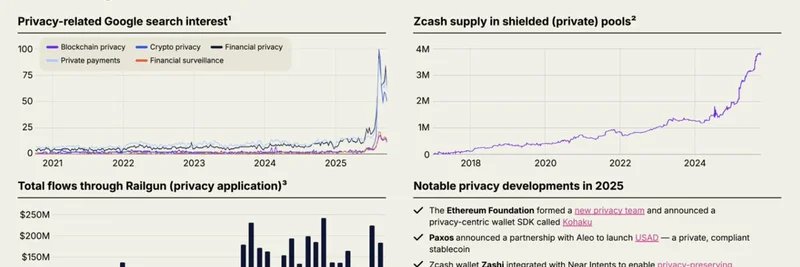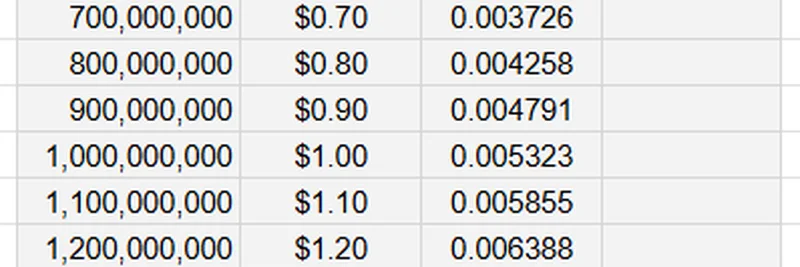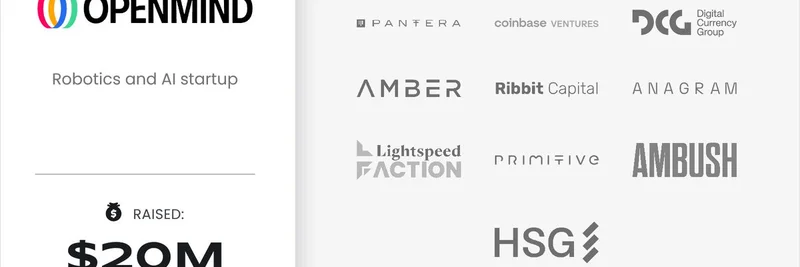In the fast-paced world of cryptocurrency, even big players—known as whales—can make rookie mistakes. A recent tweet from on-chain analysis firm Lookonchain highlights one such Ethereum whale, address starting with 0x3c9E, who's been caught in a cycle of panic-selling ETH during price dips and then repurchasing at higher levels. This behavior not only costs them millions but also offers valuable lessons for anyone trading meme tokens, which often ride the waves of major cryptos like ETH.
Lookonchain, a popular source for tracking smart money moves on the blockchain, shared this insight on August 23, 2025. According to their post, the whale has a habit of dumping ETH when prices dip, only to buy back in when the market rebounds—essentially buying high and selling low, the opposite of sound trading strategy.
Here's a breakdown of the whale's recent moves as detailed in the tweet:
- July 29 – August 3: Sold 38,582 ETH (worth about $136.9 million) at an average price of $3,548.
- August 8 – August 15: Bought back 16,800 ETH (about $74.3 million) at an average of $4,424.
- August 16 – August 20: Sold 10,900 ETH ($47.6 million) at $4,369 average.
- Last 20 hours (as of the tweet): Bought back 7,500 ETH ($35.6 million) at $4,747 average.
This pattern shows the whale reacting emotionally to market fluctuations rather than following a disciplined approach. Panic selling happens when fear grips the market, causing prices to drop further, while buying back higher reflects FOMO (fear of missing out) during recoveries.
The accompanying image from Lookonchain's tweet displays a series of transactions, primarily withdrawals from Kraken's hot wallet (indicating buys) and deposits to Aave's Wrapped Token Gateway (a DeFi lending protocol where users can deposit ETH as collateral). Aave allows users to borrow against their assets or earn interest, so this whale might be leveraging their ETH for other plays—possibly even diving into high-risk meme tokens.
Why This Matters for Meme Token Enthusiasts
Meme tokens, like those built on the Ethereum blockchain (think ERC-20 standards), are highly sensitive to ETH's price movements. When ETH pumps—as it has been approaching its all-time high around $4,891—gas fees can rise, but so does the overall hype in the ecosystem. This whale's buybacks at higher prices could signal growing confidence in ETH's upward trajectory, potentially spilling over into meme coin rallies.
However, the flip side is volatility. If whales like this one continue panic-selling on minor dips, it can amplify downward pressure, dragging meme tokens down with it. Meme coins thrive on community sentiment and viral trends, but they're often the first to suffer in broad market corrections. For instance, during ETH's dip in late July, many meme tokens saw double-digit losses, only to rebound sharply as ETH recovered.
This on-chain data reminds us that not all whales are "smart money." Some, like this one, exhibit retail-like behavior, which can create opportunities for savvy traders. Tools like Lookonchain or Etherscan let you track these addresses yourself—search for 0x3c9ea5cafec2a77e23dd82539f441 to see the full history.
Lessons from the Whale's Missteps
If you're into meme tokens, where gains can be explosive but losses equally brutal, avoid this whale's pitfalls:
- Don't Panic Sell: Use stop-losses or dollar-cost averaging instead of dumping everything on a dip.
- Research On-Chain Activity: Platforms like Aave show how DeFi interacts with spot trading. Depositing to Aave might mean the whale is borrowing stablecoins to ape into memes or other assets.
- Understand Market Cycles: ETH's price directly influences meme token liquidity. With ETH nearing all-time highs in 2025, this could be a bullish sign for projects like PEPE or DOGE-inspired tokens on Ethereum.
By staying informed about these whale movements, you can better navigate the meme token space. Remember, in crypto, knowledge is your edge—whether you're a small fish or a whale.
For more insights on how major crypto trends affect meme tokens, check out our knowledge base at Meme Insider.
